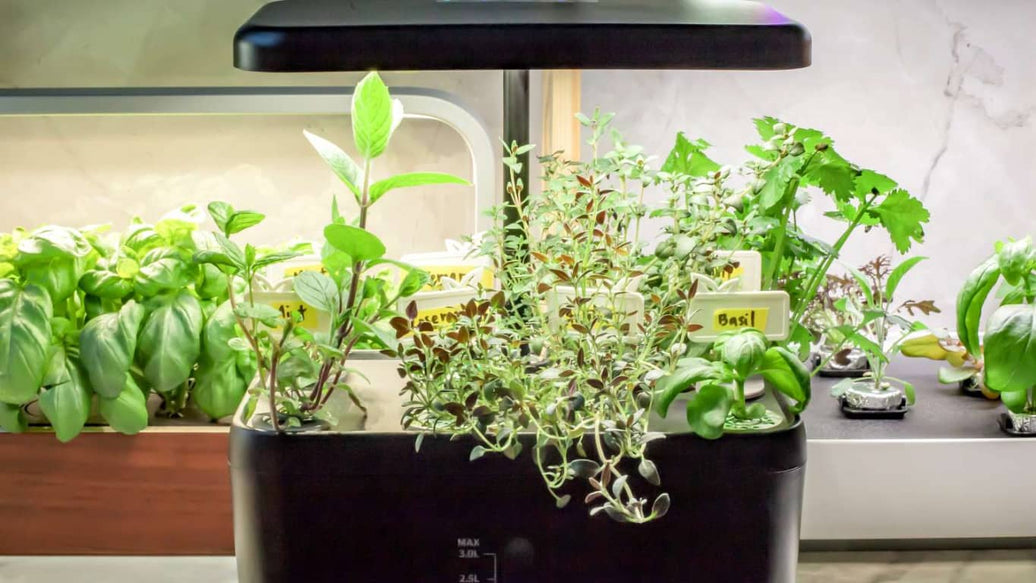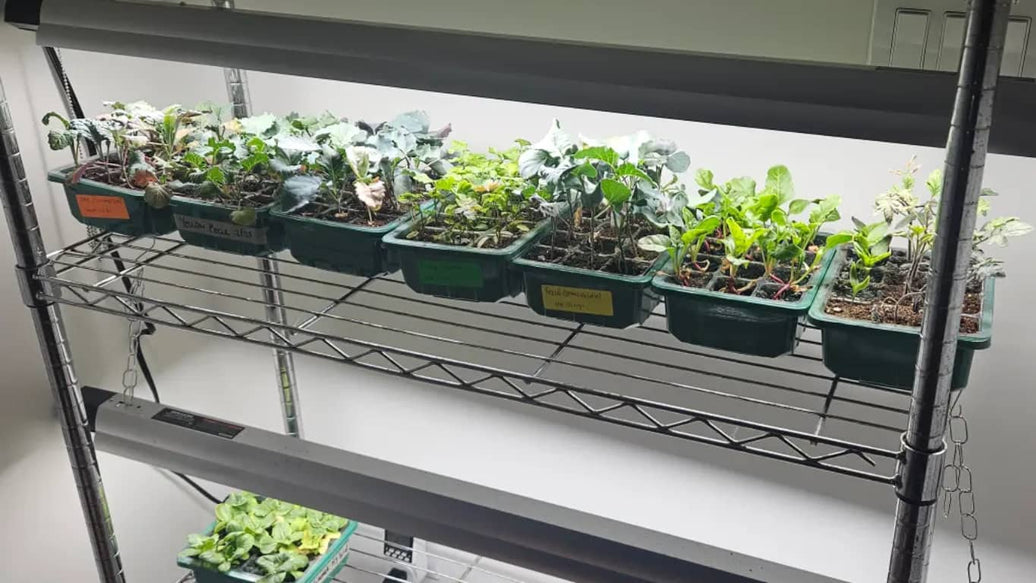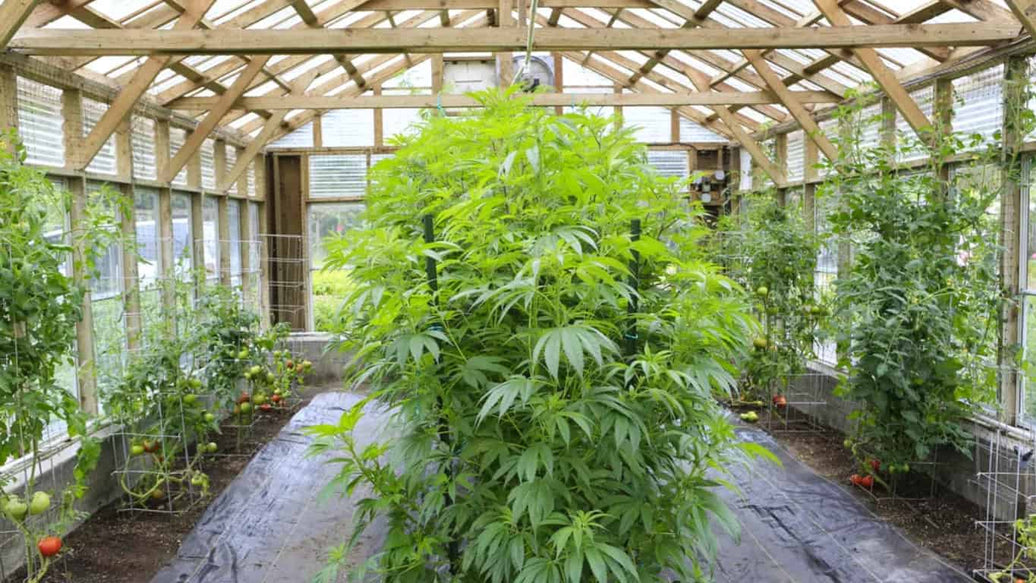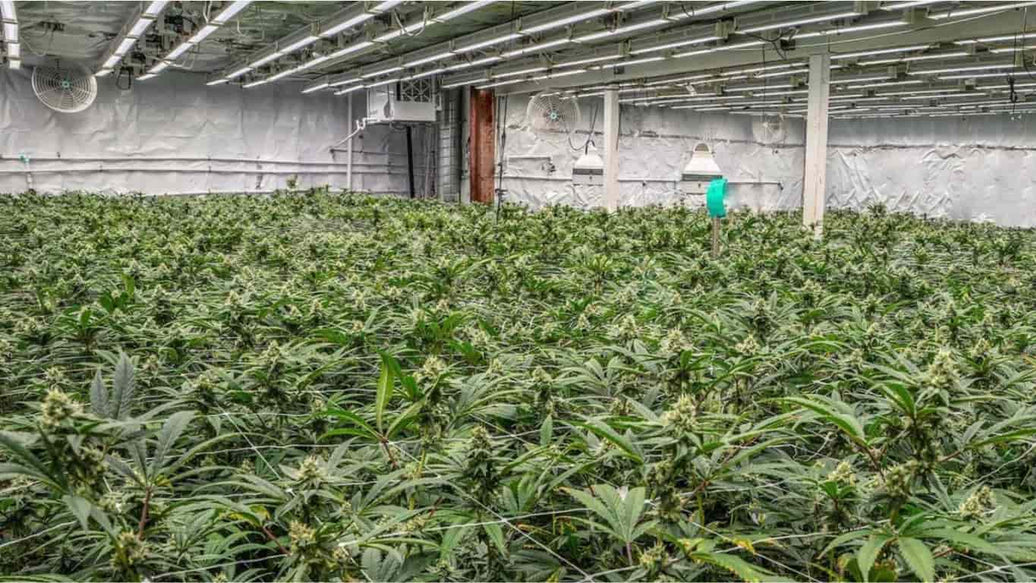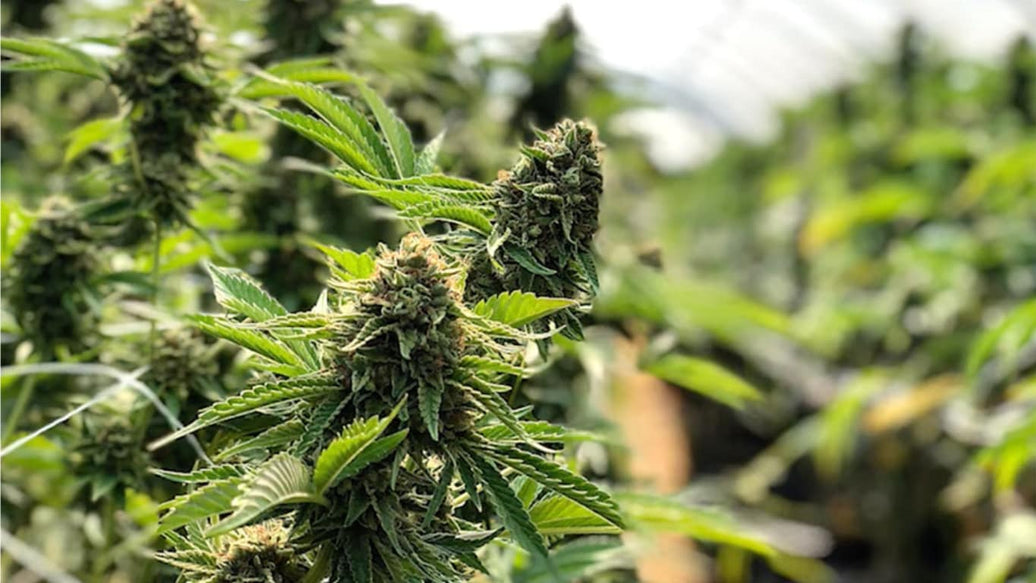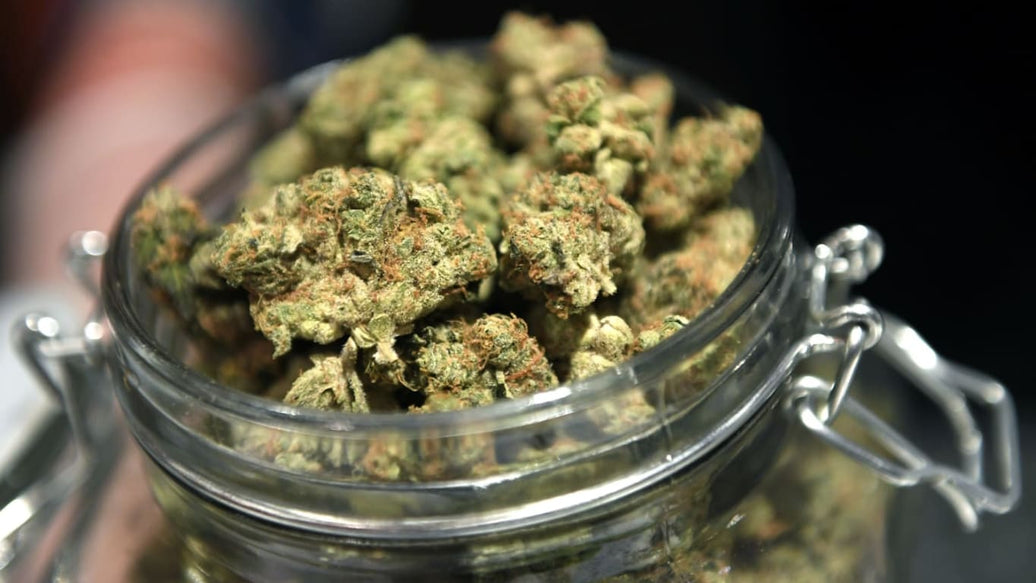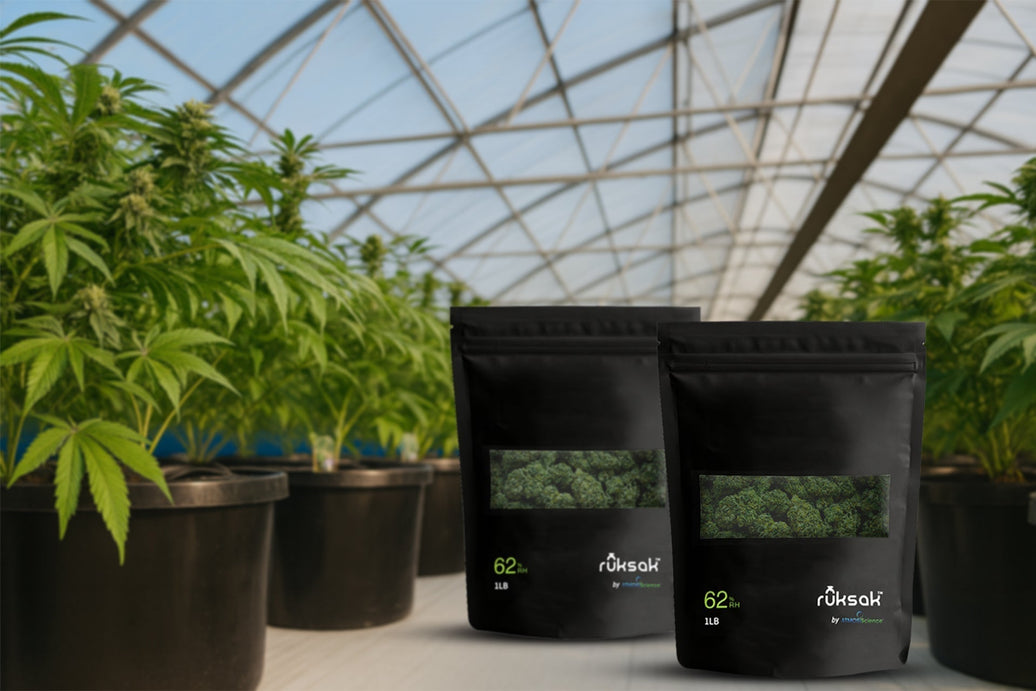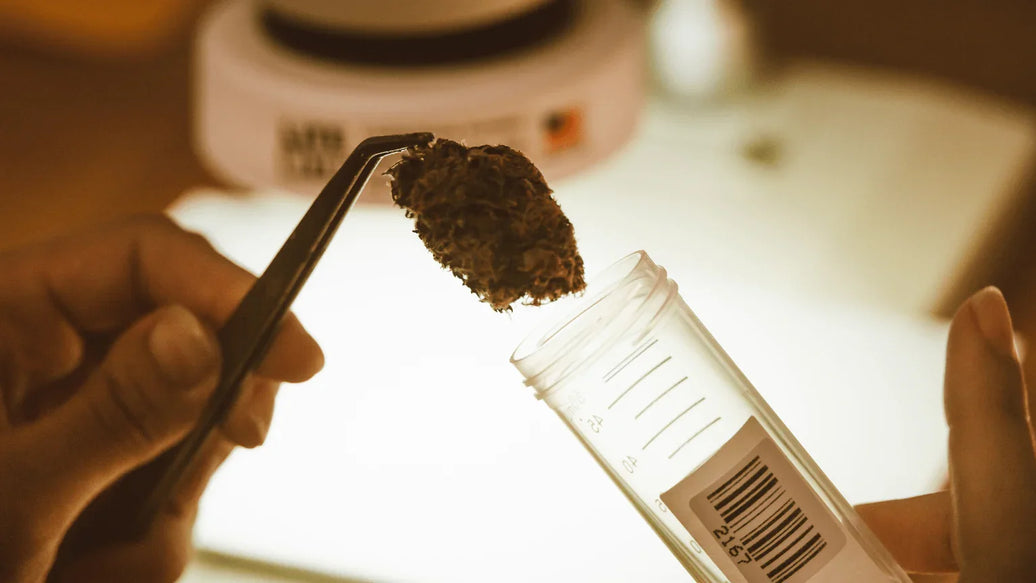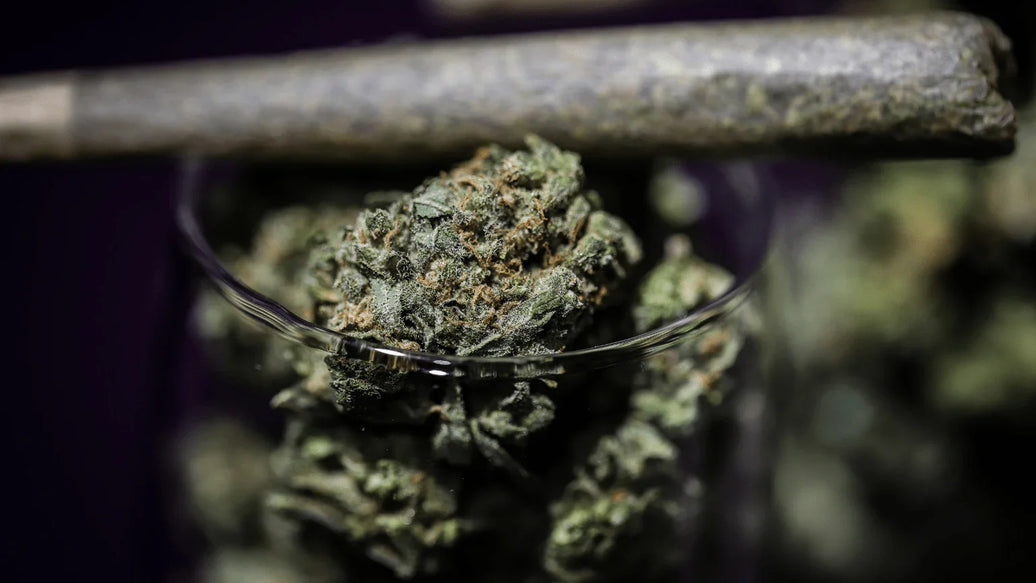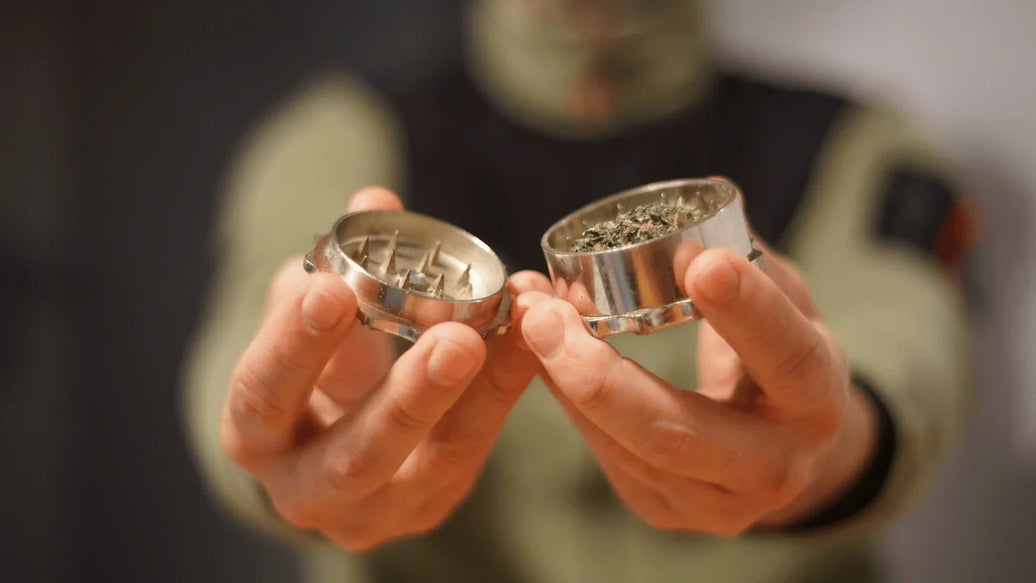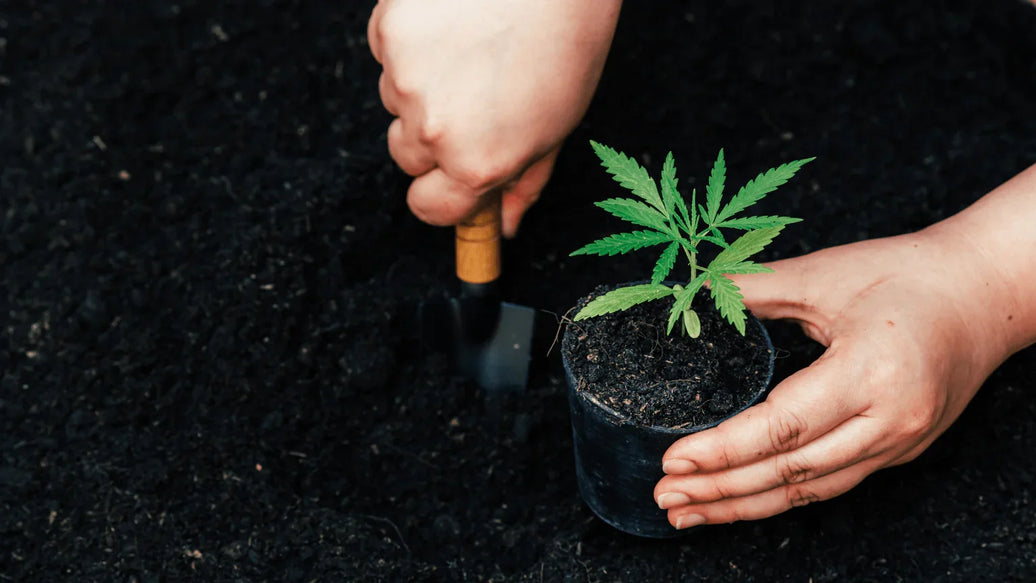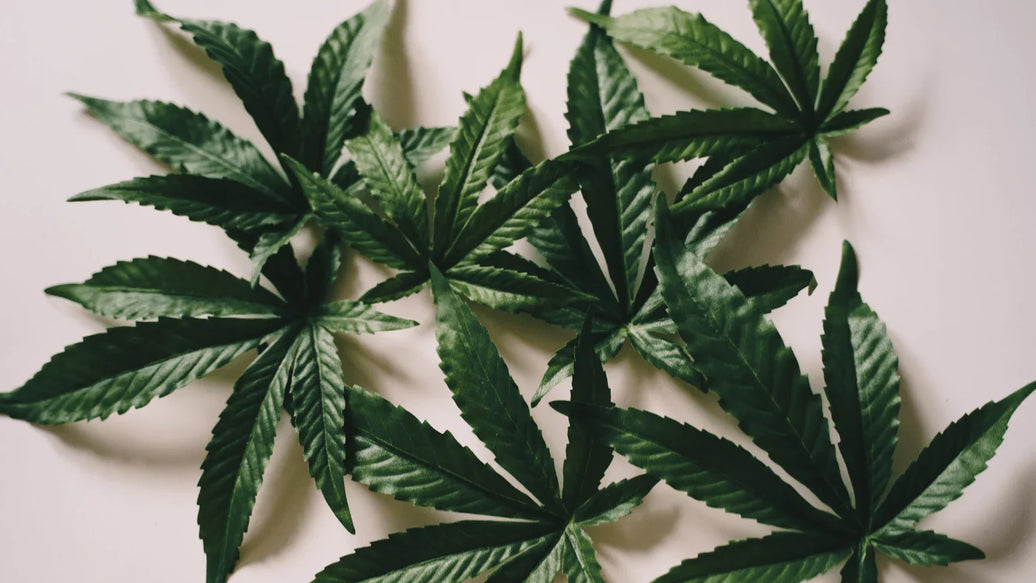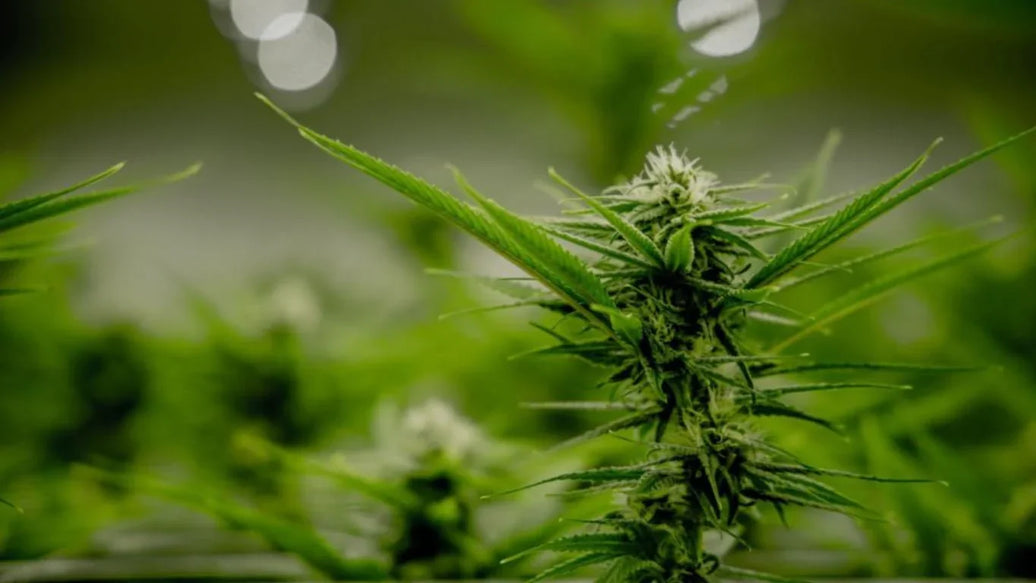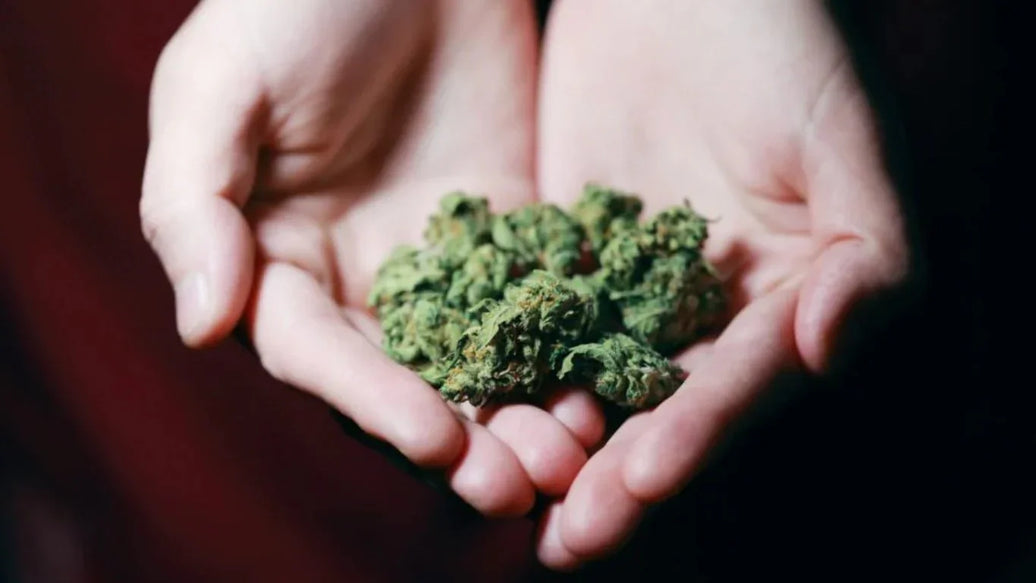Proper humidity control is a cornerstone for maintaining cannabis quality and safety over time. A weed humidor - a specialized storage device engineered to keep cannabis at the perfect moisture balance - plays a vital role in preserving potency, aroma and preventing mold growth. This article delves into the scientific foundation behind cannabis humidity management, the ideal conditions for long-term preservation using a weed humidor, the technologies involved, and expert tips to ensure your cannabis remains fresh and effective.

Cannabis composition and storage complexity
Cannabis flowers are intricate botanical products, containing cannabinoids such as THC and CBD, volatile terpenes responsible for unique aromas, flavonoids, and other delicate compounds. Fresh harvest buds hold moisture levels near 78 - 80%, too high for direct storage without risk of microbial contamination. Therefore, drying and curing cycles reduce moisture to safer levels conducive to long shelf life.
Terpenes are especially sensitive; exposure to improper humidity or temperature accelerates their evaporation and degradation, dulling the cannabis’s potency and scent. Two primary degradation types threaten stored cannabis: thermal breakdown due to heat and environmental degradation from humidity and oxygen fluctuations.
Overly dry cannabis becomes brittle, losing trichome viability, while humidity that’s too high encourages mold, mildew, and potential bud rot - a common fungal issue prevented by using a quality weed humidor.
Importance of targeting relative humidity in cannabis storage
Relative humidity (RH) measures the moisture in the air relative to the maximum possible at a specific temperature. For cannabis, optimizing RH is essential to balance preservation of cannabinoids and terpenes with mold prevention.

Scientific studies have established clear guidelines:
- During curing, maintain RH at 60 - 65% to facilitate gradual moisture release while protecting volatile compounds.
- For long-term storage, a tighter window of 55 - 62% RH is optimal to retain freshness without encouraging microbial growth.
Explore more: Cannabis Humidity Chart: Perfect Your Grow Conditions
RH above 65% in storage environments boosts mold risks such as Botrytis cinerea, while RH below 50% causes excessive dryness, accelerating terpene loss and making trichomes brittle.
Water activity (aw), closely linked to RH, helps microbiologists correlate shelf safety. Levels between 0.60 and 0.70 aw align with safe cannabis storage to inhibit microbial reproduction while preserving chemical profiles.

How a weed humidor ensures optimal cannabis humidity
A weed humidor creates a controlled environment that carefully maintains cannabis at the desired RH range. These humidors rely on several engineering and material features:
- Airtight and opaque construction: These prevent oxygen intrusion and shield cannabis from light, both of which degrade cannabinoids and terpenes.
- Humidity-buffering materials: Innovative biodegradable packs made of plant-based fibers and salts, which absorb and release moisture to keep RH steady. Compared to older silica gel methods, these biodegradable packs used in weed humidors provide more precise and eco-friendly humidity control.
- Active control components: Some advanced humidors use ultrasonic foggers or thermoelectric (Peltier) modules combined with sensors to fine-tune humidity dynamically.
Critical to weed humidor performance is low container permeability, minimizing environmental fluctuations and stabilizing moisture levels for extended times.
Scientific validation of weed humidor effectiveness
Analytical techniques such as gas chromatography-mass spectrometry (GC-MS) and high-performance liquid chromatography (HPLC) confirm that cannabis stored within optimized RH ranges - such as those maintained by a quality weed humidor - retains significantly higher levels of cannabinoids and terpenes compared to conventional storage. Research indicates retention improvements of approximately 18%, critical for both medicinal and recreational consumers.
Microbial testing has shown that using weed humidors drastically lowers mold spore proliferation by keeping RH below critical thresholds that favor fungal growth. This microbial control is crucial for regulatory certification, especially in medical cannabis laser-controlled supply chains.
Consumer sensory panels also report more intense aroma and flavor profiles in cannabis stored using accurately regulated weed humidors, underscoring the user experience benefits that correlate with scientific data.

ATMOSIScience’s cannabis storage alternatives to a weed humidor
ATMOSIScience does not currently offer a dedicated weed humidor, we provide several scientifically designed alternatives to support cannabis storage and preservation:
- Humidi-Cure™ Packets: These biodegradable humidity buffering packets consist of plant fibers and salts engineered to absorb or release moisture, keeping cannabis at optimal RH to avoid mold and terpene loss. These packets offer superior, eco-friendly humidity regulation compared to traditional silica gels.
- Humidi-Cure Plus Liners: Specialized liners creating a controlled microenvironment within packaging by stabilizing humidity and blocking oxygen and light. Perfect for maintaining hemp and cannabis scent and potency during storage and transit.
- Ruksak™ Built-in Bags: Airtight bags integrated with humidity control technology for user-friendly cannabis storage that prevents moisture fluctuations and oxidation, helping both growers and dispensaries maintain consistent product quality.

Together, these products provide a comprehensive system supporting cannabis freshness and safety with science-backed humidity management, a practical alternative for those seeking the benefits of a weed humidor without the traditional bulky hardware.
Best practices using a weed humidor for cannabis storage
To harness the full potential of a weed humidor, follow these expert protocols:
- Pre-storage drying and curing: Slowly reduce moisture to 60 - 65% RH at 18 - 21°C, preserving volatile oils and preventing surface hardening.
- Ongoing humidity monitoring: Deploy digital humidity and temperature loggers for continuous environment tracking, enabling prompt adjustments before cannabis quality declines.
- Rehydration protocols: If cannabis dries out excessively (below 50% RH), reintroduce moisture gradually using humidity buffering packs to restore terpene-rich pliability.
- Optimal storage location: Keep weed humidors in cool, dark places (about 15 - 21°C) to avoid heat spikes and direct light, which can accelerate cannabinoid breakdown.
Environmental and compliance considerations for weed humidors
Regulatory frameworks such as Good Manufacturing Practices (GMP) and Good Agricultural Practices (GAP) mandate microbial safety controls during cannabis storage. Weed humidors contribute to these standards by precisely stabilizing moisture, reducing mold risk, and ensuring patient-safe cannabis.
Sustainability also drives innovation in weed humidor design - biodegradable materials and reusable humidity control packs minimize plastic waste and carbon footprint, aligning well with current industry environmental goals.
Conclusion
A properly controlled weed humidor is indispensable for securing cannabis freshness, potency, and safety. Maintaining relative humidity between 55% and 65% with airtight, humidity-regulated storage protects cannabinoids and terpenes from degradation and eliminates microbial contamination risks.
Explore ATMOSIScience’s cannabis seed-to-sale product collection for reliable humidity and preservation solutions designed for growers, processors, and dispensaries aiming for premium cannabis quality.
For expanded knowledge on cannabis storage, visit the blog Why Has My Weed Become so Moist? What Should I Do?

